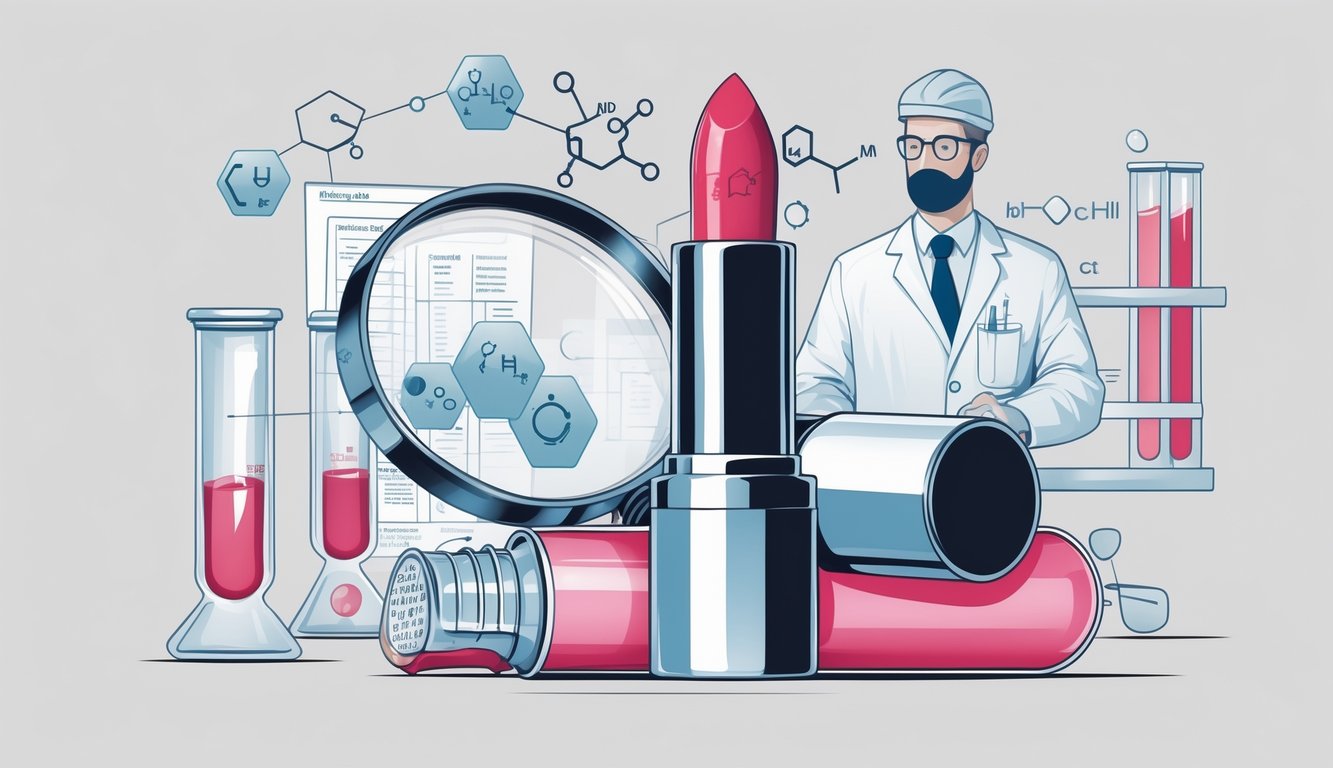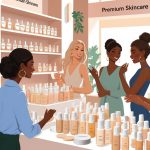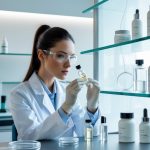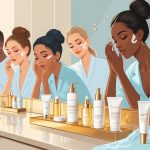High-Impact Lipstick Ingredients Suddenly Flagged by Industry Health Experts
So, these headlines keep popping up—unsafe lipsticks, “toxic tubes,” and all that, but does anyone remember how last year’s “safe” lipstick magically becomes this year’s villain? One minute everyone’s obsessed with a cult classic, next thing you know, health experts are coming for it: lead, PFAS, parabens, whatever’s trendy to worry about. A couple dermatologists I trust say, sure, lipstick’s regulated, but then I read that 2024 study (over half the popular brands tested positive for toxins they didn’t even list) and suddenly I’m giving my makeup bag the side-eye. I mean, I used to brag about my vegan formula—now microplastics are in the mix? Seriously, I can’t keep up.
Brands love to show off about hyaluronic acid or niacinamide—“skinification” is the word, apparently, like we’re supposed to be grateful for glossy lips and act like we’re skincare geniuses—but nobody at Sephora hands you a cheat sheet for which heavy metals or plasticizers snuck back into the formulas. My chemist friend (she can pronounce “octinoxate” without laughing) once told me, “Most people have no clue how easily lipstick pigments and preservatives get into skin.” Women who reapply 20 times a day (there’s a stat for that, believe it or not) are probably getting more exposure than anyone wants to admit. And the whiplash? Last month’s must-have color suddenly flagged for something I can’t even spell. I’d love to just switch to “natural” stuff, but unless you’re fluent in ingredient lists—good luck. Why didn’t anyone teach us this in high school?
Why Lipstick Ingredients Are Suddenly in the Spotlight

I mean, the second I saw “high-impact cosmetic ingredients” and “FDA scrutiny” in a headline, I stopped mid-swipe and started squinting at my lipstick bullet like it was radioactive. Some ingredient drama is ancient, dragged out from trade journals nobody reads, but then there’s phthalates, lead, those “fragrance” blends—actual new studies, actual regulatory drama, and suddenly everyone’s confused.
Increased Industry Scrutiny
Who thought it was a good idea to print pigment lists in size 6 font and call it “transparency”? FDA’s been tiptoeing toward stricter rules—more talk about real labels, actual limits on trace metals (especially lead), even surprise spot checks. Of course, enforcement’s always playing catch-up. A chemist at a cosmetics company told me last week, “Now we’re triple-testing every red batch for heavy metals, even if suppliers swear we’re fine—everyone’s terrified of liability.” Testing costs a fortune and still, stuff slips through.
Meanwhile, groups like the American Contact Dermatitis Society keep dropping lists of common lipstick allergens. Suddenly, beauty execs are sweating through industry summits while someone flashes recall stats on a big screen. “Clean” and “naturally derived” marketing? Everywhere, but not actually regulated. An FDA spokesperson literally said in 2024, “There are no legal definitions for those cosmetic marketing terms.” So, yeah, that’s helpful.
Recent Public Health Concerns
Forget those old memes about lead in lipstick—there’s real data now: phthalates, parabens, synthetic dyes, all flagged for possible long-term health effects. Dermatologists and toxicologists are making noise. Dr. Nirupama Parwanda published this spring, “Phthalates—found in long-wear lipsticks—pose possible reproductive health risks.” Beauty blogs lost their minds, Reddit exploded, and then the story just vanished under the next celebrity launch.
Cycle repeats: FDA hears the panic, promises “risk-based prioritization,” and everyone fights over how much lead is “okay” (FDA says up to 10 ppm is cool, consumer groups say zero). Somewhere in there, misinformation leaks in via TikTok—horror stories about ingredients that passed last month’s tests. Nobody mentions that, statistically, lipstick reactions are rare compared to, like, strawberry allergies, but people still freak out. Welcome to the internet.
Hidden High-Impact Ingredients Raising Concerns
Every time I swipe on some “barely there” shade but my lips start tingling, I remember there’s a mess of weird stuff hiding in my lipstick drawer. Cute packaging? Eh, I’m more worried about the ingredients nobody can pronounce, while the internet whispers about toxicity and secret chemicals.
Heavy Metals and Contaminants
Honestly, I can’t keep track of all these studies—lead, arsenic, mercury—even in “normal” brands, not just shady knockoffs. A peer-reviewed analysis (the kind dermatologists love quoting) flagged traces of lead, cadmium, even mercury in regular lipsticks. Some had over 2ppm lead. FDA calls that “not ideal,” which is hilarious, because chronic exposure is linked to all kinds of problems. Shocker.
Arsenic? Apparently, not even rare. A health inspector told me, “People think heavy metals are just in fakes. We find them in luxury brands too.” I saw a table—over half the samples had nickel or chromium. “Average use” means swallowing 24mg of product a day (if you reapply like me, it can hit 87mg/day). Why does my lipstick make me itch? Nickel allergies are way more common than I thought. My fifth-grade science teacher would have a field day with this.
Potentially Harmful Preservatives
Everyone’s panicking about parabens, but swapping in “alternative” preservatives doesn’t make me feel safer. Most labels skip formaldehyde, thankfully, but “slow-release” donors like DMDM hydantoin still sneak in. Leave your lipstick in a hot car, and you might get a nice dose of formaldehyde. Ever had burning lips from an old tube? There’s your culprit.
Top dermatologists told me some people react not just to parabens, but to the weird combo of stuff: irritation, swelling, possible hormone disruption. Most banned substances dodge US rules because “levels are low,” even though Europe’s stricter. No wonder people are hunting for preservative-free or super-transparent brands, but honestly, how do you trust a “clean” label when loopholes keep popping up? Meanwhile, my purse is basically a chemistry set.



